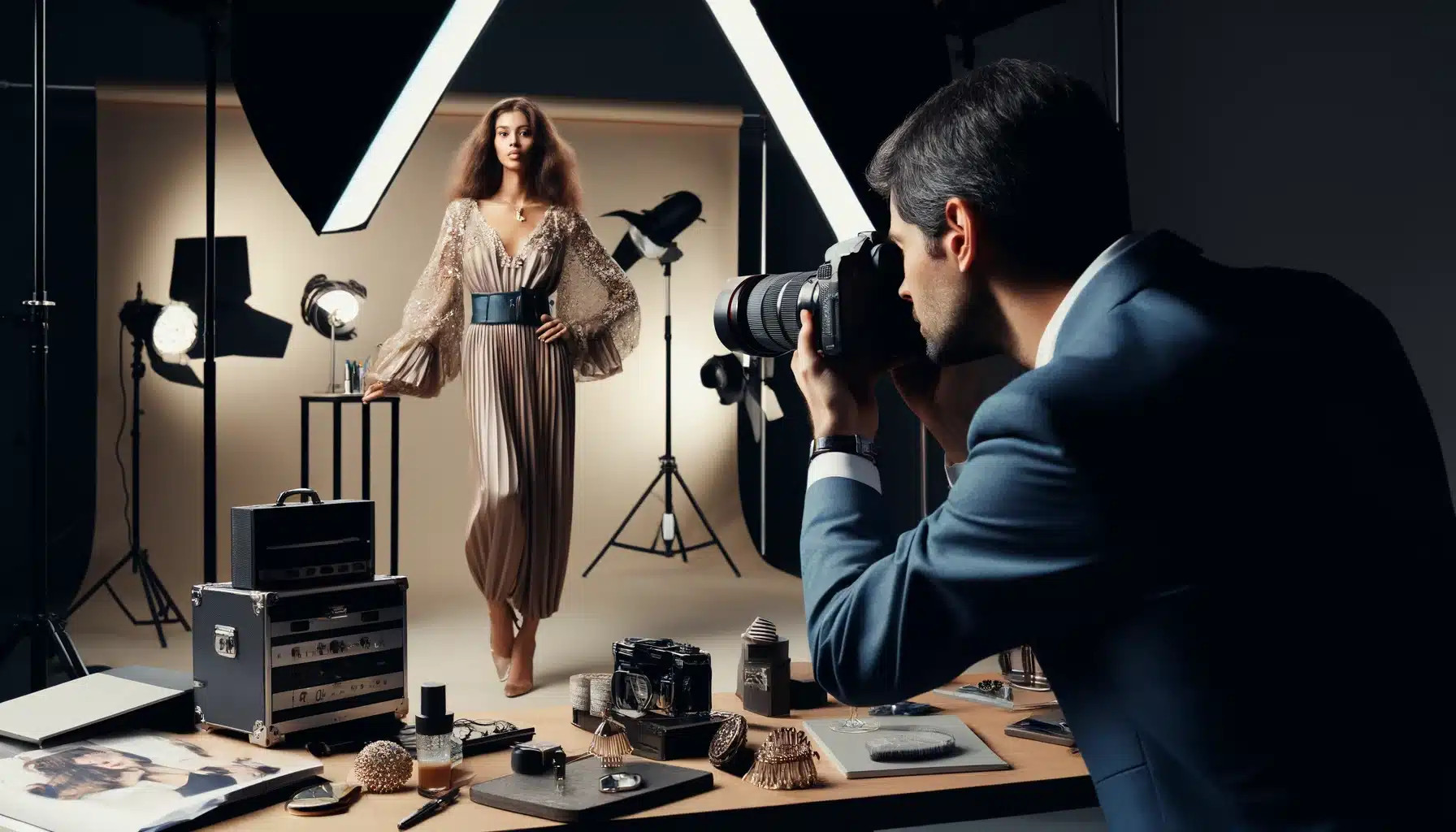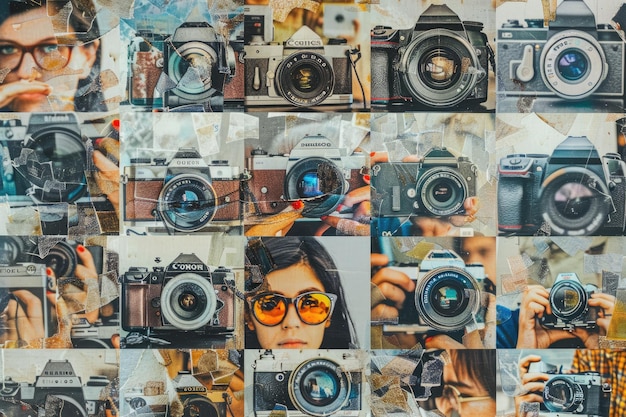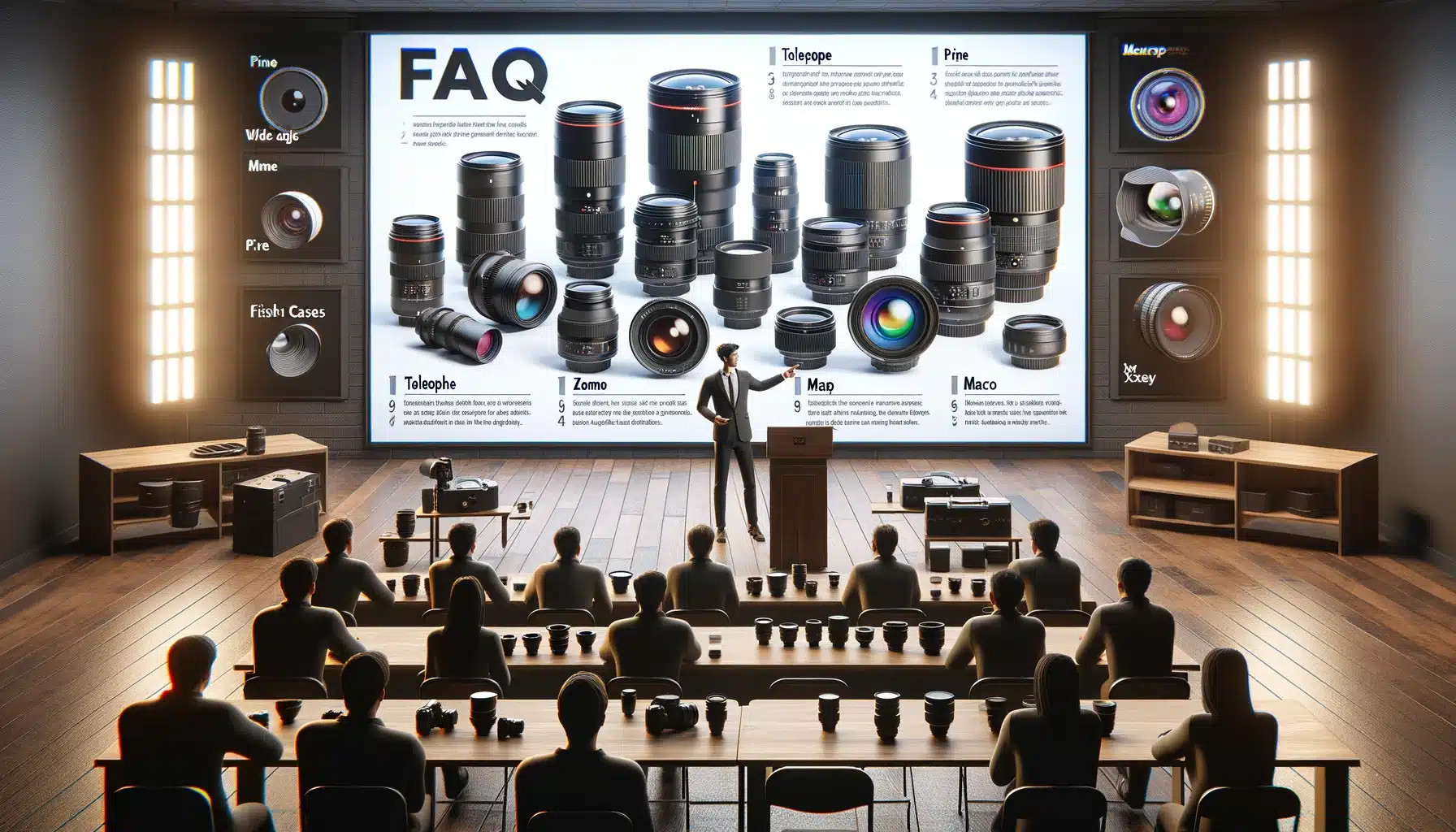Mastering the Art: Essential Photography Techniques for the Modern Photographer

10-12-2024, 14:58 Admin 531 0
The evolution of photography from analog to digital has significantly impacted the landscape of image capture, with advancement in technology continually providing photographers more creative freedom and versatility. The modern photographer now has an array of dynamic tools and resources at their disposal, shaping an entirely new set of unique skills and techniques for mastering the art of photography.
One such revolutionary tool includes the High Dynamic Range (HDR) imaging. This technology blends multiple photos taken with different exposures into one image bringing alive high-quality pictures even in dimly lit settings. HDR proves highly efficient when dealing with challenging light conditions, outlining every minute detail and showcasing the creative genius.
Similarly, Image stabilization, a technology, largely found in camera bodies and lenses, significantly minimises the blurriness caused by the movements while shooting. Particularly beneficial for action or sports photography, it boosts the image sharpness and reduces the need for tripods, thus optimising photographers' mobility and efficiency.
Furthermore, the technique of 'Focus Stacking' prioritises sharpness in your compositions across a broad depth of field. A digital age brainchild, focus stacking smoothly amalgamates pictures taken at varied focal lengths, thereby tackling macro photography or landscape essentials impressively. The automated process fostered by modern software like Adobe Photoshop ensures a swift, efficient pooling of the crispest portions of numerous images into one flawless picture.
High-Speed Sync (HSS) for flash is another innovative technique transforming modern photography. This allows photographers to use faster shutter speeds with the flash, giving more control over the exposure of the image. Coupled with remote wireless triggers, HSS cuts down on cumbersome wires and offers efficiency by allowing creativity at numerous concurrent angles.
The introduction of AI algorithms in photography tools like Adobe's Lightroom and Photoshop has taken image editing to unprecedented heights. From auto-tagging of photos, identifying individuals to instant corrections and masterly edits - it's providing photographers with novel possibilities and effectiveness in their workflow.
Indeed, for the professional, the dawn of drone photography technology has amplified the scope of capturing the extraordinary. From aerial views to difficult terrains, drones have enabled photographers to picture the hitherto inaccessible. The ability to program flight patterns and camera settings in drones optimise the shooting operation and saves substantial effort and time.
Photography, in the digital age, is about merging the traditional with the contemporary, leveraging the best of both worlds. A modern photographer should be open to embracing technological advancements and altering techniques. Utilising these tools and learning these techniques will help the contemporary photographer optimise efficiency and produce stellar work, consequently mastering the fine art of photography.
The art of capturing light and life remains the same, though the tools and techniques evolve. Therefore, blending the old and the new, the classical and the modern, mastering the art of photography is indeed an ever-evolving, enlightening journey.
One such revolutionary tool includes the High Dynamic Range (HDR) imaging. This technology blends multiple photos taken with different exposures into one image bringing alive high-quality pictures even in dimly lit settings. HDR proves highly efficient when dealing with challenging light conditions, outlining every minute detail and showcasing the creative genius.
Similarly, Image stabilization, a technology, largely found in camera bodies and lenses, significantly minimises the blurriness caused by the movements while shooting. Particularly beneficial for action or sports photography, it boosts the image sharpness and reduces the need for tripods, thus optimising photographers' mobility and efficiency.
Furthermore, the technique of 'Focus Stacking' prioritises sharpness in your compositions across a broad depth of field. A digital age brainchild, focus stacking smoothly amalgamates pictures taken at varied focal lengths, thereby tackling macro photography or landscape essentials impressively. The automated process fostered by modern software like Adobe Photoshop ensures a swift, efficient pooling of the crispest portions of numerous images into one flawless picture.
High-Speed Sync (HSS) for flash is another innovative technique transforming modern photography. This allows photographers to use faster shutter speeds with the flash, giving more control over the exposure of the image. Coupled with remote wireless triggers, HSS cuts down on cumbersome wires and offers efficiency by allowing creativity at numerous concurrent angles.
The introduction of AI algorithms in photography tools like Adobe's Lightroom and Photoshop has taken image editing to unprecedented heights. From auto-tagging of photos, identifying individuals to instant corrections and masterly edits - it's providing photographers with novel possibilities and effectiveness in their workflow.
Indeed, for the professional, the dawn of drone photography technology has amplified the scope of capturing the extraordinary. From aerial views to difficult terrains, drones have enabled photographers to picture the hitherto inaccessible. The ability to program flight patterns and camera settings in drones optimise the shooting operation and saves substantial effort and time.
Photography, in the digital age, is about merging the traditional with the contemporary, leveraging the best of both worlds. A modern photographer should be open to embracing technological advancements and altering techniques. Utilising these tools and learning these techniques will help the contemporary photographer optimise efficiency and produce stellar work, consequently mastering the fine art of photography.
The art of capturing light and life remains the same, though the tools and techniques evolve. Therefore, blending the old and the new, the classical and the modern, mastering the art of photography is indeed an ever-evolving, enlightening journey.
Related News
Leave a Comment


